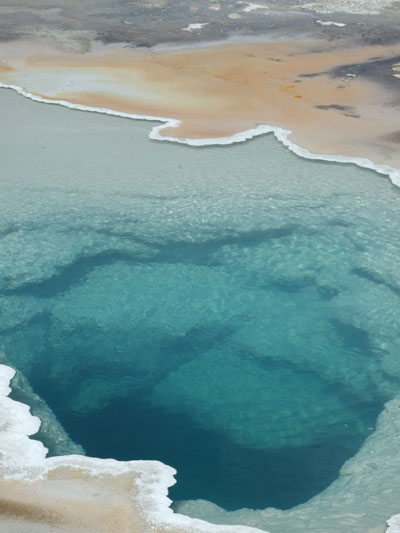The chemistry of natural water, aqueous chemistry (or aqueous geochemistry), is a complex subject well beyond the reach of this course. However, some very basic concepts of water chemistry are important to help understand the role of water in the Critical Zone.
Reading assignment
- To begin to attain some understanding, please visit "Study and Interpretation of the Chemical Characteristics of Natural Water." This paper by John Hem is a classic. Read the abstract of this USGS water-supply paper, along with pages 3 to 10 (sections from "Properties and Structure of Water" to but not including "Thermodynamics of Aqueous Systems") and pages 30 to 42 (sections from "Relationship among Environmental Factors and Natural Water Composition" to but not including "Evaluation of Water Composition"). If you want more detail, feel free to read the remaining sections (optional).
- A classic textbook is The Geochemistry of Natural Waters by James I. Drever (1982). Read Chapter 1, "The Hydrologic Cycle" (pp. 1–13), located on Library Reserves. To some extent, this chapter will serve to partially review some concepts you have already studied under the water cycle. Focus on the brief discussions of water chemistry and quality linked to the physical processes of water flow.

A hot spring in Yellowstone National Park.
Credit: Karan Witham-Walsh, 2008.